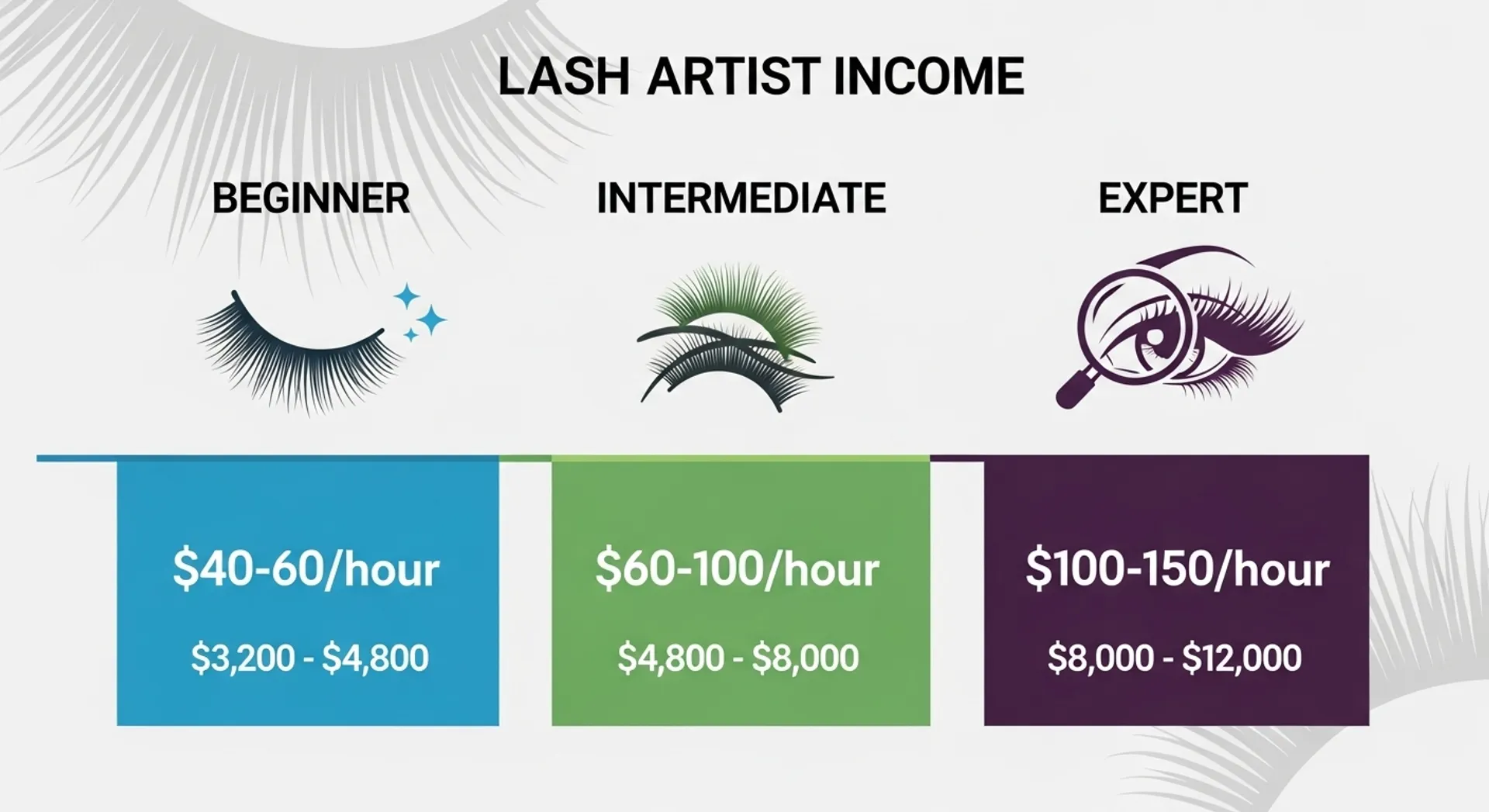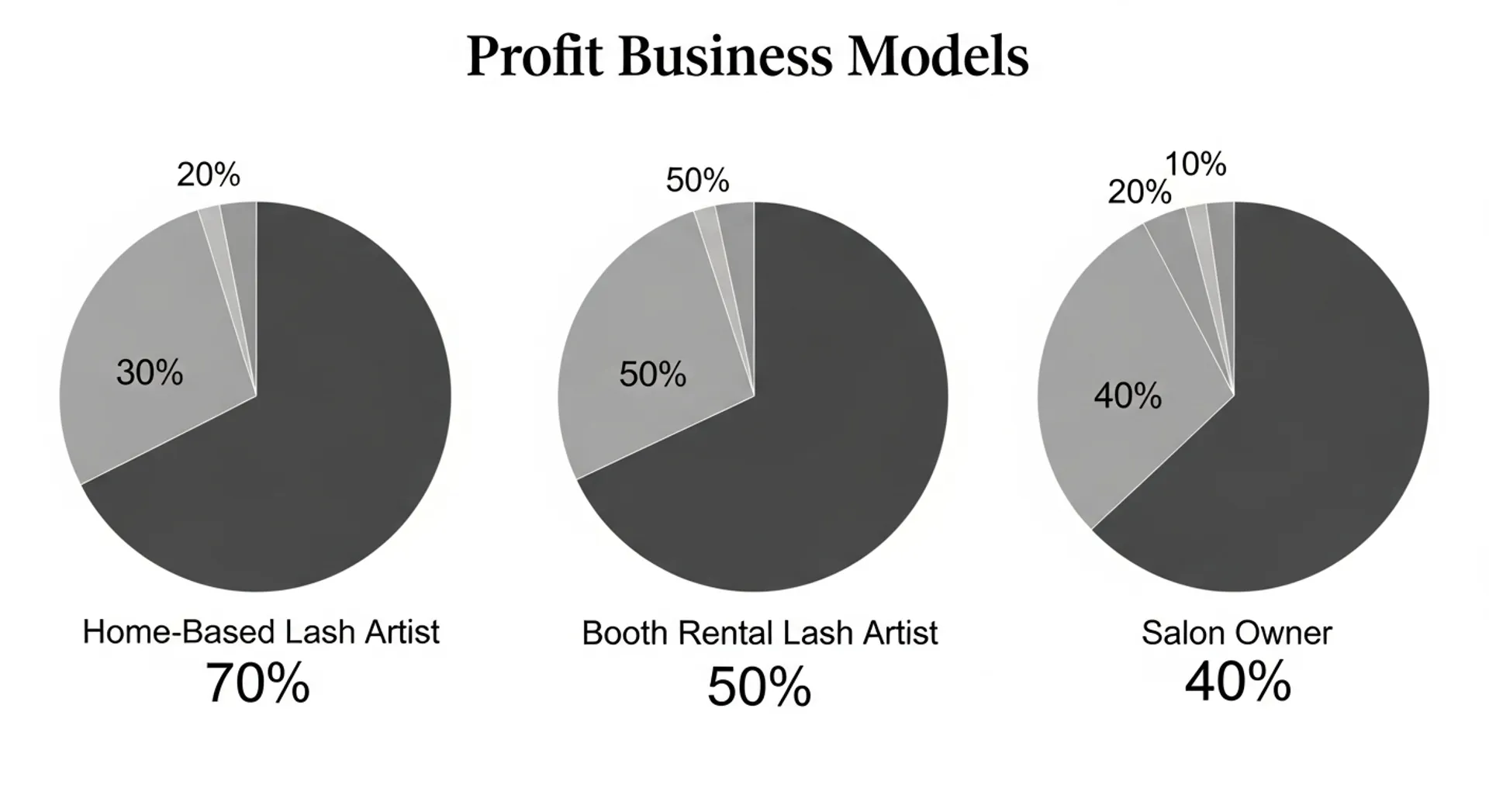Thinking about starting a lash business or wondering if your current lash salon is as profitable as it should be? You’re not alone. The lash industry continues to boom in 2025, but the real question isn’t just about revenue — it’s about actual profitability. In this comprehensive analysis, we’ll break down the true earning potential of a lash business, reveal hidden costs that eat into profits, and share proven strategies to maximize your bottom line.
The Real Income Potential for Lash Artists
Let’s start with the numbers everyone wants to know: how much can you actually earn as a lash artist? The answer varies significantly based on experience, location, and business model, but understanding the range helps you set realistic expectations and goals.
New lash artists typically earn between $40 and $60 per hour during their first year. This lower rate reflects the time needed to build speed, develop technique, and establish a client base. You might only see 10 to 15 clients per week initially, translating to approximately $2,000 to $3,500 in monthly revenue before expenses.
Mid-level lash artists with one to three years of experience generally command $60 to $100 per hour. At this stage, you’ve refined your skills, built a loyal clientele, and can complete sets more efficiently. With a fuller schedule of 20 to 30 clients weekly, monthly revenue can reach $5,000 to $12,000.
Experienced and master lash artists can earn $100 to $150 or more per hour. These professionals often have specialized certifications, premium positioning, and waiting lists. Top-performing lash businesses with strong client retention and retail sales can generate $15,000 to $25,000+ in monthly revenue.
However, revenue is only part of the profitability equation. What you keep after expenses determines your actual earning power and business sustainability.

Understanding Your True Business Expenses
Many lash artists focus solely on service revenue without fully accounting for the costs that impact profitability. A comprehensive understanding of your expense structure is essential for building a sustainable business.
Product and Supply Costs
Direct product costs typically represent 10 to 15% of service revenue. For a classic full set priced at $150, you’ll spend approximately $10 to $15 on lash extensions, adhesive, under-eye pads, tape, cleanser, and disposable tools. Volume sets have slightly higher material costs due to increased lash usage.
Don’t overlook inventory management. Maintaining adequate stock of various lash lengths, curls, and thicknesses requires upfront investment. Smart purchasing strategies, like buying in bulk from reputable suppliers, can reduce per-unit costs by 20 to 30%.
Overhead Expenses
Overhead costs vary dramatically based on your business model. Home-based lash artists might allocate $200 to $500 monthly for dedicated space, utilities, and home office expenses. Booth rental typically runs $400 to $1,200 monthly depending on location and amenities. Full salon leases in commercial spaces can cost $1,500 to $5,000+ monthly before utilities and insurance.
Professional liability insurance is non-negotiable and typically costs $150 to $250 annually. Additional coverage for equipment, property, and workers’ compensation (if you have employees) adds to your insurance expenses. Marketing and advertising should consume 5 to 10% of revenue to maintain consistent client acquisition.
Hidden Costs That Impact Profitability
Beyond obvious expenses, several hidden costs can erode profits if not properly managed. Continuing education and certification renewals are essential for staying competitive but can cost $500 to $2,000+ annually. No-shows and cancellations represent lost revenue — implementing deposit policies can recover 80 to 90% of this loss.
Equipment depreciation matters too. Lash beds, lighting, and tools need replacement every few years. Setting aside 3 to 5% of revenue for equipment reserves prevents cash flow crunches when replacements become necessary. Payment processing fees typically consume 2.5 to 3.5% of credit card transactions, so factor this into your pricing strategy.
Calculating Your Profit Margins
Profit margin is the percentage of revenue remaining after all expenses. Understanding your margins helps you make informed business decisions and identify areas for improvement.
For home-based lash artists with low overhead, profit margins can reach 60 to 70%. If you’re generating $6,000 monthly in revenue with $2,000 in total expenses, your profit margin is 67%, leaving you with $4,000 in actual income.
Booth renters typically see profit margins of 40 to 55% due to higher fixed costs. With $8,000 in monthly revenue and $4,000 in expenses (including rent, products, and insurance), you’d have a 50% margin and $4,000 in profit.
Full salon owners with employees face the tightest margins initially, often 25 to 40%, but have greater scaling potential. Your $20,000 in monthly revenue might leave $8,000 in profit (40% margin) after covering all expenses including employee wages, but this scales dramatically as you add more artists.
Industry benchmarks suggest that healthy small business profit margins fall between 40 and 60%. If your margins are consistently below 30%, it’s time to evaluate your pricing structure, expense management, or both.

Strategies to Maximize Profitability
Understanding the numbers is just the beginning. Implementing strategic practices can significantly boost your lash business profitability without working more hours.
Optimize Your Pricing Strategy
Confident pricing that reflects your expertise is fundamental to profitability. Many lash artists undercharge, especially in their early years, which makes it difficult to cover costs and achieve sustainable income. Research your local market thoroughly and position yourself in the upper-middle range if your work quality justifies it.
Don’t be afraid to raise prices as you gain experience and certifications. A 10 to 15% annual price increase for new clients keeps pace with inflation and reflects your growing expertise. Existing loyal clients can receive smaller increases or be grandfathered at current rates to maintain goodwill.
Boost Client Retention
Acquiring a new client costs five to seven times more than retaining an existing one. Client retention is the single most important factor in long-term profitability. Focus on providing exceptional experiences that keep clients coming back every two to three weeks.
Create a clean, welcoming environment that clients look forward to visiting. Maintain impeccable hygiene standards using proper lash hygiene protocols that protect client health. Offer personalized consultations that make each client feel valued and understood. Educate clients on proper aftercare to maximize retention and minimize complaints.
Implement a strategic follow-up system. Send appointment reminders 24 to 48 hours in advance to reduce no-shows. Check in with clients a week after their appointment to address any concerns. Offer loyalty programs or referral incentives that reward consistent clients and encourage word-of-mouth marketing.
Add Revenue Streams Beyond Services
Retail products provide an easy way to increase revenue without additional service time. Lash aftercare products like cleansers, brushes, and serums typically have 50 to 70% profit margins — significantly higher than service margins.
Clients who purchase aftercare products experience better retention, which increases their lifetime value. A client spending $25 on cleanser and brushes every few months adds $100 to $150 in annual revenue with minimal effort on your part.
Consider offering complementary services that attract the same clientele. Lash lifts, tinting, and brow services fill appointment gaps and appeal to clients wanting different options. These services often have higher profit margins than extensions due to lower product costs and faster application times.
Managing Cash Flow for Sustainable Growth
Profitability on paper means nothing if you can’t manage cash flow effectively. Many lash businesses fail not from lack of revenue but from poor cash flow management.
Implement deposit policies for all appointments. A $25 to $50 non-refundable deposit secures bookings and covers your costs if clients no-show. This practice alone can improve cash flow by 15 to 20% monthly.
Separate business and personal finances immediately. Open a dedicated business bank account and credit card to track expenses accurately and simplify tax preparation. Pay yourself a consistent salary rather than taking irregular withdrawals, which helps with personal budgeting and business financial planning.
Build an emergency fund covering three to six months of operating expenses. This cushion allows you to weather slow periods, unexpected equipment failures, or personal emergencies without compromising your business operations.
Scaling Your Lash Business for Greater Profitability
There’s a ceiling to how much a solo lash artist can earn — you only have so many hours in a week. Breaking through this ceiling requires strategic scaling approaches that increase income without proportionally increasing your time investment.
Training and mentoring other lash artists creates additional revenue streams. Offering workshops, online courses, or one-on-one training sessions can generate $500 to $2,000+ per event with relatively low overhead costs once content is developed.
Hiring additional lash artists transforms you from service provider to business owner. While this increases complexity and expenses, it also multiplies earning potential. A salon with three artists can generate triple the revenue while you focus on business development, marketing, and high-value client relationships.
Creating passive income through digital products like lash mapping templates, consultation guides, or business systems allows you to earn while you sleep. These products have nearly 100% profit margins after initial development costs.

The Bottom Line on Lash Business Profitability
So, is a lash business profitable? Absolutely — but only when approached strategically. Success requires more than technical skill with lashes. You need business acumen, financial literacy, and consistent execution of proven profitability strategies.
The lash artists earning $80,000 to $150,000+ annually aren’t just talented technicians. They’ve mastered pricing psychology, client retention, expense management, and strategic growth. They treat their lash practice as a serious business rather than just a creative outlet.
Start by understanding your numbers intimately. Calculate your true costs, set prices that reflect your value, and track every expense. Focus obsessively on client retention — loyal clients are your most valuable asset. Diversify revenue streams through retail and complementary services to maximize income per client visit.
Most importantly, invest in yourself continuously. Advanced training, business education, and professional development separate thriving lash businesses from struggling ones. The lash industry offers tremendous earning potential for those willing to combine artistry with sound business practices.
Your lash business profitability is entirely within your control. Make informed decisions, implement best practices, and commit to continuous improvement. With the right approach, your lash business can provide not just a living but genuine financial freedom and professional fulfillment.
